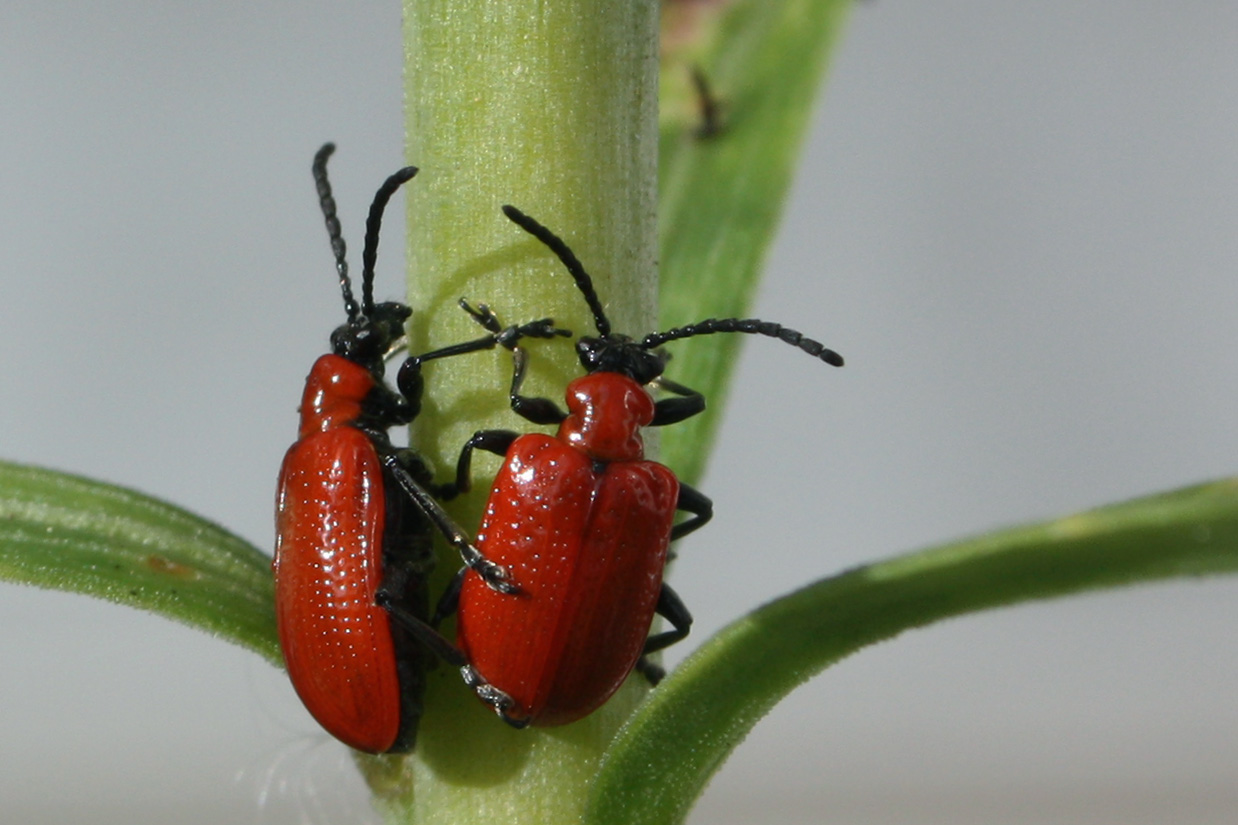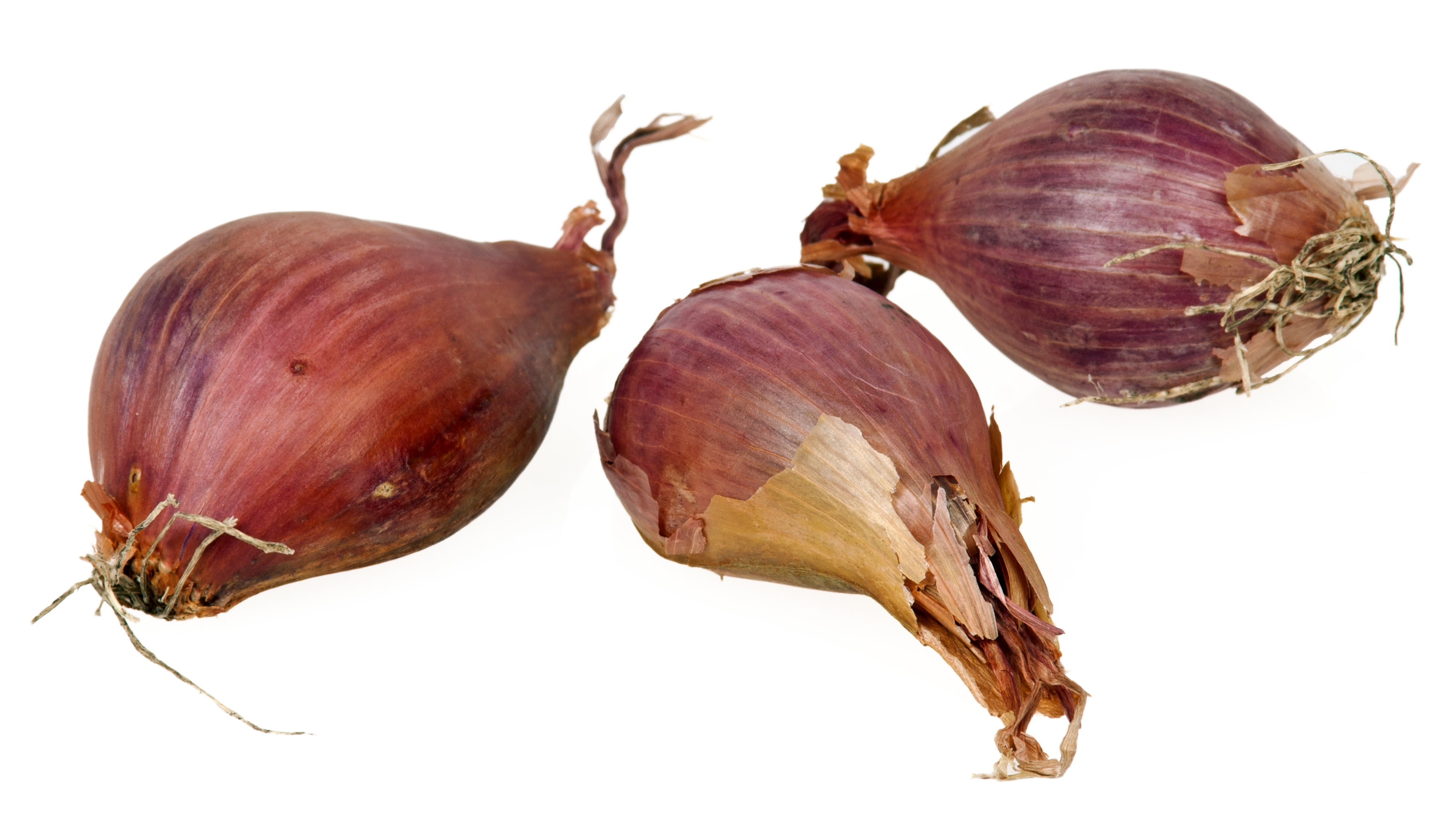|
Fritillaria
''Fritillaria'' (fritillaries) is a genus of spring flowering herbaceous bulbous perennial plants in the lily family (biology), family (Liliaceae). The type species, ''Fritillaria meleagris'', was first described in Europe in 1571, while other species from the Middle East and Asia were also introduced species, introduced to Europe at that time. The genus has about 130–140 species divided among eight subgenera. The flowers are usually solitary, nodding and bell-shaped with bulbs that have fleshy scales, resembling those of lilies. They are known for their large genome size and genetically are very closely related to lilies. They are native plant, native to the temperate regions of the Northern hemisphere, from the Mediterranean and North Africa through Eurasia and southwest Asia to western North America. Many are endangered due to enthusiastic picking. The name ''Fritillaria'' is thought to refer to the checkered pattern of ''F. meleagris'', resembling a box in which dice were ... [...More Info...] [...Related Items...] OR: [Wikipedia] [Google] [Baidu] |
Liliaceae
The lily family, Liliaceae, consists of about 15 genera and 610 species of flowering plants within the order Liliales. They are monocotyledonous, perennial, herbaceous, often bulbous geophytes. Plants in this family have evolved with a fair amount of morphological diversity despite genetic similarity. Common characteristics include large flowers with parts arranged in threes: with six colored or patterned petaloid tepals (undifferentiated petals and sepals) arranged in two whorls, six stamens and a superior ovary. The leaves are linear in shape, with their veins usually arranged parallel to the edges, single and arranged alternating on the stem, or in a rosette at the base. Most species are grown from bulbs, although some have rhizomes. First described in 1789, the lily family became a paraphyletic "catch-all" ( wastebasket) group of lilioid monocots that did not fit into other families and included a great number of genera now included in other families and in some case ... [...More Info...] [...Related Items...] OR: [Wikipedia] [Google] [Baidu] |
Fritillaria Meleagris
''Fritillaria meleagris'' is a Eurasian species of flowering plant in the lily family Liliaceae. Its common names include snake's head fritillary, snake's head (the original English name), chess flower, frog-cup, guinea-hen flower, guinea flower, leper lily (because its shape resembled the bell once carried by lepers), Lazarus bell, chequered lily, chequered daffodil, drooping tulip or, in the British Isles, simply fritillary. The plant is a bulbous perennial native to the flood river plains of Europe where it grows in abundance. Etymology The Latin specific epithet ''meleagris'' means "spotted like a guineafowl". The common name "snake's head" probably refers to the somewhat snakelike appearance of the nodding flower heads, especially when in bud, on their long stems. Description and habitat The flower has a chequered pattern in shades of purple, or is sometimes pure white. It flowers from March to May and grows between in height. The plant has a button-shaped bulb, about i ... [...More Info...] [...Related Items...] OR: [Wikipedia] [Google] [Baidu] |
Korolkowia
''Fritillaria sewerzowii'' is a perennial herbaceous bulbous plant, distributed in alpine areas of central Asia. It is a species in the genus ''Fritillaria'', in the lily family Liliaceae. It is placed in the subgenus ''Korolkowia''. Description ''Fritillaria sewerzowii'' reaches a height of 20–50 cm. The egg-shaped bulb is about 5 cm in diameter. The leaves are fleshy and broadly oval at the base of the plant stem and are up to 15 cm in length and evenly distributed up the stem. The plant produces four to ten purple-brown star-shaped individual flowers, 3 cm in length, arising from the leaf axes in the upper stem. ''F. sewerzowii'' blooms in early March. Taxonomy First described by Regel in 1868, Baker (1874), who divided ''Fritillaria'' into subgenera, placed ''F. sewerzowii'' in subgenus ''Korolkowia'' as its sole species. Although some authors have treated ''Korolkowia'' as a separate genus, molecular phylogenetics has shown that it is embedded ... [...More Info...] [...Related Items...] OR: [Wikipedia] [Google] [Baidu] |
Fritillaria Persica
''Fritillaria persica'' is a Middle Eastern species of flowering plant in the lily family Liliaceae, native to southern Turkey, Iran, Iraq, Lebanon, Syria, Cyprus and Israel. It is widely cultivated as an ornamental and naturalized in the Lazio region of Italy. It is the sole species in ''Fritillaria'' subgenus ''Theresia''. The Latin specific epithet ''persica'' means "Persian", referring to the modern country of Iran. ''Fritillaria persica'' is a robust bulbous perennial growing tall. Each plant may bear up to 30, conical, narrow, bell-shaped flowers, up to long, ranging in colour from deep purple to greenish brown."Botanica. The Illustrated AZ of over 10000 garden plants and how to cultivate them", p. 384. Könemann, 2004. A plant commonly found in cultivation outside its range is the cultivar 'Adiyaman', which is taller and more free-flowering than populations of the species inside its native range. This cultivar has gained the Royal Horticultural Society's Award of Gar ... [...More Info...] [...Related Items...] OR: [Wikipedia] [Google] [Baidu] |
Davidii
''Fritillaria davidii'' is an Asian species of herbaceous plant in the lily family, native to Sichuan Province in China China, officially the People's Republic of China (PRC), is a country in East Asia. With population of China, a population exceeding 1.4 billion, it is the list of countries by population (United Nations), second-most populous country after ....Franchet, Adrien René 1887. Nouvelles archives du muséum d'histoire naturelle, séries 2, vol 10: page 92-93 description in Latin, commentary in French [...More Info...] [...Related Items...] OR: [Wikipedia] [Google] [Baidu] |
Lilies
''Lilium'' ( ) is a genus of herbaceous flowering plants growing from bulbs, all with large and often prominent flowers. Lilies are a group of flowering plants which are important in culture and literature in much of the world. Most species are native to the Northern Hemisphere and their range is temperate climates and extends into the subtropics. Many other plants have "lily" in their common names, but do not belong to the same genus and are therefore not true lilies. True lilies are known to be highly toxic to cats. Description Lilies are tall perennials ranging in height from . They form naked or tunicless scaly underground bulbs which are their organs of perennation. In some North American species the base of the bulb develops into rhizomes, on which numerous small bulbs are found. Some species develop stolons. Most bulbs are buried deep in the ground, but a few species form bulbs near the soil surface. Many species form stem-roots. With these, the bulb grows naturally at ... [...More Info...] [...Related Items...] OR: [Wikipedia] [Google] [Baidu] |
Bulbous
In botany, a bulb is a short underground stem with fleshy leaves or leaf basesBell, A.D. 1997. ''Plant form: an illustrated guide to flowering plant morphology''. Oxford University Press, Oxford, U.K. that function as food storage organs during dormancy. In gardening, plants with other kinds of storage organ are also called ornamental bulbous plants or just ''bulbs''. Description The bulb's leaf bases, also known as scales, generally do not support leaves, but contain food reserves to enable the plant to survive adverse conditions. At the center of the bulb is a vegetative growing point or an unexpanded flowering shoot. The base is formed by a reduced stem, and plant growth occurs from this basal plate. Roots emerge from the underside of the base, and new stems and leaves from the upper side. Tunicate bulbs have dry, membranous outer scales that protect the continuous lamina of fleshy scales. Species in the genera ''Allium'', '' Hippeastrum'', '' Narcissus'', and ''Tulipa'' ... [...More Info...] [...Related Items...] OR: [Wikipedia] [Google] [Baidu] |
Native Plant
In biogeography, a native species is indigenous to a given region or ecosystem if its presence in that region is the result of only local natural evolution (though often popularised as "with no human intervention") during history. The term is equivalent to the concept of indigenous or autochthonous species. A wild organism (as opposed to a domesticated organism) is known as an introduced species within the regions where it was anthropogenically introduced. If an introduced species causes substantial ecological, environmental, and/or economic damage, it may be regarded more specifically as an invasive species. A native species in a location is not necessarily also endemic to that location. Endemic species are ''exclusively'' found in a particular place. A native species may occur in areas other than the one under consideration. The terms endemic and native also do not imply that an organism necessarily first originated or evolved where it is currently found. Notion The notion ... [...More Info...] [...Related Items...] OR: [Wikipedia] [Google] [Baidu] |
Genome Size
Genome size is the total amount of DNA contained within one copy of a single complete genome. It is typically measured in terms of mass in picograms (trillionths or 10−12 of a gram, abbreviated pg) or less frequently in daltons, or as the total number of nucleotide base pairs, usually in megabases (millions of base pairs, abbreviated Mb or Mbp). One picogram is equal to 978 megabases. In diploid organisms, genome size is often used interchangeably with the term C-value. An organism's complexity is not directly proportional to its genome size; total DNA content is widely variable between biological taxa. Some single-celled organisms have much more DNA than humans, for reasons that remain unclear (see Junk DNA and C-value). Variation in genome size and gene content Since the 1950s, with the emergence of various molecular techniques, the genome sizes of thousands of eukaryotes have been analyzed, and these data are available in online databases for animals, plants, and fung ... [...More Info...] [...Related Items...] OR: [Wikipedia] [Google] [Baidu] |
Temperate Regions
In geography, the temperate climates of Earth occur in the middle latitudes (approximately 23.5° to 66.5° N/S of the Equator), which span between the tropics and the polar regions of Earth. These zones generally have wider temperature ranges throughout the year and more distinct seasonal changes compared to tropical climates, where such variations are often small; they usually differ only in the amount of precipitation. In temperate climates, not only do latitudinal positions influence temperature changes, but various sea currents, prevailing wind direction, continentality (how large a landmass is) and altitude also shape temperate climates. The Köppen climate classification defines a climate as "temperate" C, when the mean temperature is above but below in the coldest month to account for the persistence of frost. However, some adaptations of Köppen set the minimum at . Continental climates are classified as D and considered to be varieties of temperate climates, h ... [...More Info...] [...Related Items...] OR: [Wikipedia] [Google] [Baidu] |
Subgenera
In biology, a subgenus ( subgenera) is a taxonomic rank directly below genus. In the International Code of Zoological Nomenclature, a subgeneric name can be used independently or included in a species name, in parentheses, placed between the generic name and the specific epithet: e.g. the tiger cowry of the Indo-Pacific, ''Cypraea'' (''Cypraea'') ''tigris'' Linnaeus, which belongs to the subgenus ''Cypraea'' of the genus ''Cypraea''. However, it is not mandatory, or even customary, when giving the name of a species, to include the subgeneric name. In the International Code of Nomenclature for algae, fungi, and plants (ICNafp), the subgenus is one of the possible subdivisions of a genus. There is no limit to the number of divisions that are permitted within a genus by adding the prefix "sub-" or in other ways as long as no confusion can result. Article 4 The secondary ranks of section and series are subordinate to subgenus. An example is ''Banksia'' subg. ''Isostylis'', a sub ... [...More Info...] [...Related Items...] OR: [Wikipedia] [Google] [Baidu] |
Species
A species () is often defined as the largest group of organisms in which any two individuals of the appropriate sexes or mating types can produce fertile offspring, typically by sexual reproduction. It is the basic unit of Taxonomy (biology), classification and a taxonomic rank of an organism, as well as a unit of biodiversity. Other ways of defining species include their karyotype, DNA sequence, morphology (biology), morphology, behaviour, or ecological niche. In addition, palaeontologists use the concept of the chronospecies since fossil reproduction cannot be examined. The most recent rigorous estimate for the total number of species of eukaryotes is between 8 and 8.7 million. About 14% of these had been described by 2011. All species (except viruses) are given a binomial nomenclature, two-part name, a "binomen". The first part of a binomen is the name of a genus to which the species belongs. The second part is called the specific name (zoology), specific name or the specific ... [...More Info...] [...Related Items...] OR: [Wikipedia] [Google] [Baidu] |








